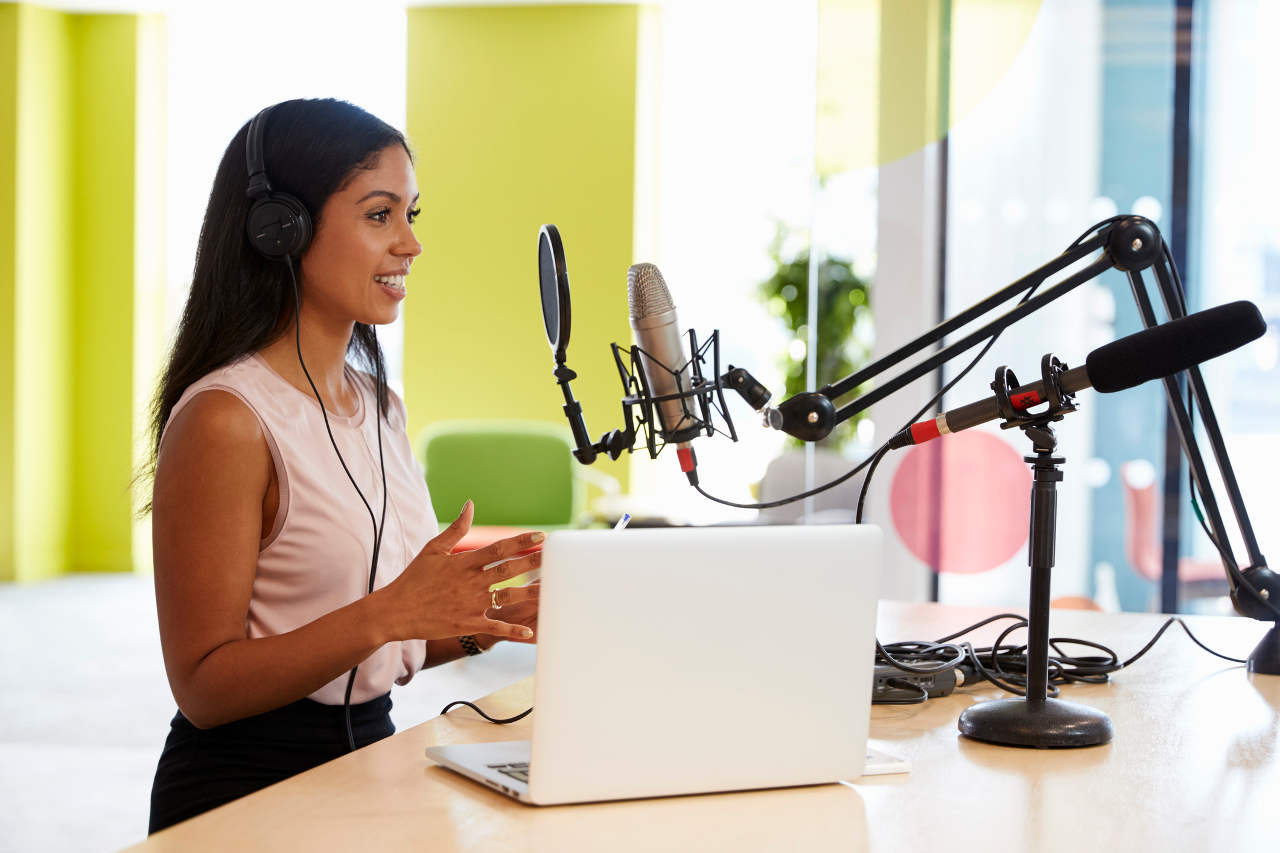How It’s Done: Put the PD in Podcasting
After brainstorming ways to peer coach, two virtual charter school teachers use their affinity for distance learning tech and podcasting to reach fellow educators around the country.

PD-Casting, A Virtually Perfect Plan to Share Ideas
After brainstorming ways to peer coach, two virtual charter school teachers use their affinity for distance learning tech and podcasting to reach fellow educators around the country.
Who: Emily Sattler- 7th Grade History Teacher/Allison Keefe- 7th Grade ELA Teacher
Cyber Sisters Podcast: https://www.bulbapp.com/u/the-cyber-sisters-podcast
Where: Agora Cyber Charter School- King of Prussia, PA
What: Using Podcasting for Peer PD
The two of us have always worked very closely at Agora. Since we teach virtually, peer coaching virtually as well was a natural fit. We hoped that the accountability and support of trying new tech/tech-infused pedagogy together would encourage us to take bigger risks in our cyber classrooms. We have met so many fantastic educators through conferences and professional organizations that we decided why not ask some of those fantastic people we admire to coach us through their personal specialties? It's been a journey so far. Sometimes we succeed and sometimes we fail-forward, but we always keep learning.
We record two episodes a month on Zencastr, one with a guest and one just us to reflect. Since Zencastr is web-based, we don’t need any special equipment. All of us can be in different locations, and all hear each other just fine. Once we finish recording, Allison gets the solo tracks to edit into the finished podcast. While she is doing that, Emily works on the show notes with some examples and items from our classes so people can see what we did.
Tools and ideas to transform education. Sign up below.
[Become a Technology-Savvy Administrator]
Positive Results
It’s been a blast! We’ve made new connections with educators via Twitter and continued conversations we started with friends at conferences. We've gotten to connect with and learn with teachers across the country— both cyber and brick-and-mortar alike. There is something really magical about creating a space to collaborate together, and we feel really lucky to have so many amazing people step in to be our "coaches”.
The Biggest Challenge
Learning how to sound edit and create the website took some trial and error! The last episode we recorded with a guest had some serious tech issues. We had to stop the recording and restart it in the middle several times. (Thank goodness for the powers of editing!) There has been a steep learning curve on producing a podcast, but you would be surprised how many people will reach out to lend their advice... even if those people are just the generous souls who produce tutorials on Youtube.
Finding Funding
We stuck to products that are free, or at least have free versions. Right now, we aren’t paying anything for hosting or the website. That might change if we continue or if we get a much bigger listenership.
Pro Tips
First, find a podcast co-host that you connect with. We really enjoy our “reflection” episodes together, because it’s basically a recording of our conversations. We enjoy spending time with each other and talking about education. Also, you don’t have to limit yourself to someone who works in the same school as you; it’s really easy to implement virtually. Finally, be prepared to devote a lot of time to the project, especially at the beginning to get everything set up. That’s where most of our time investment was.
Tech Tools
- Zencastr to record
- Castbox to host
- Bulbapp for the show notes
- Logitech Bluetooth Headset
- We reference other products that we are using/trying in the various episodes and list contacts within each episode's show notes.
Sascha has nearly two decades of experience as a freelance journalist writing for national magazines, including The Washington Post, LA Times, Christian Science Monitor, National Geographic Traveler, and others. She writes about education, travel and culinary topics.

